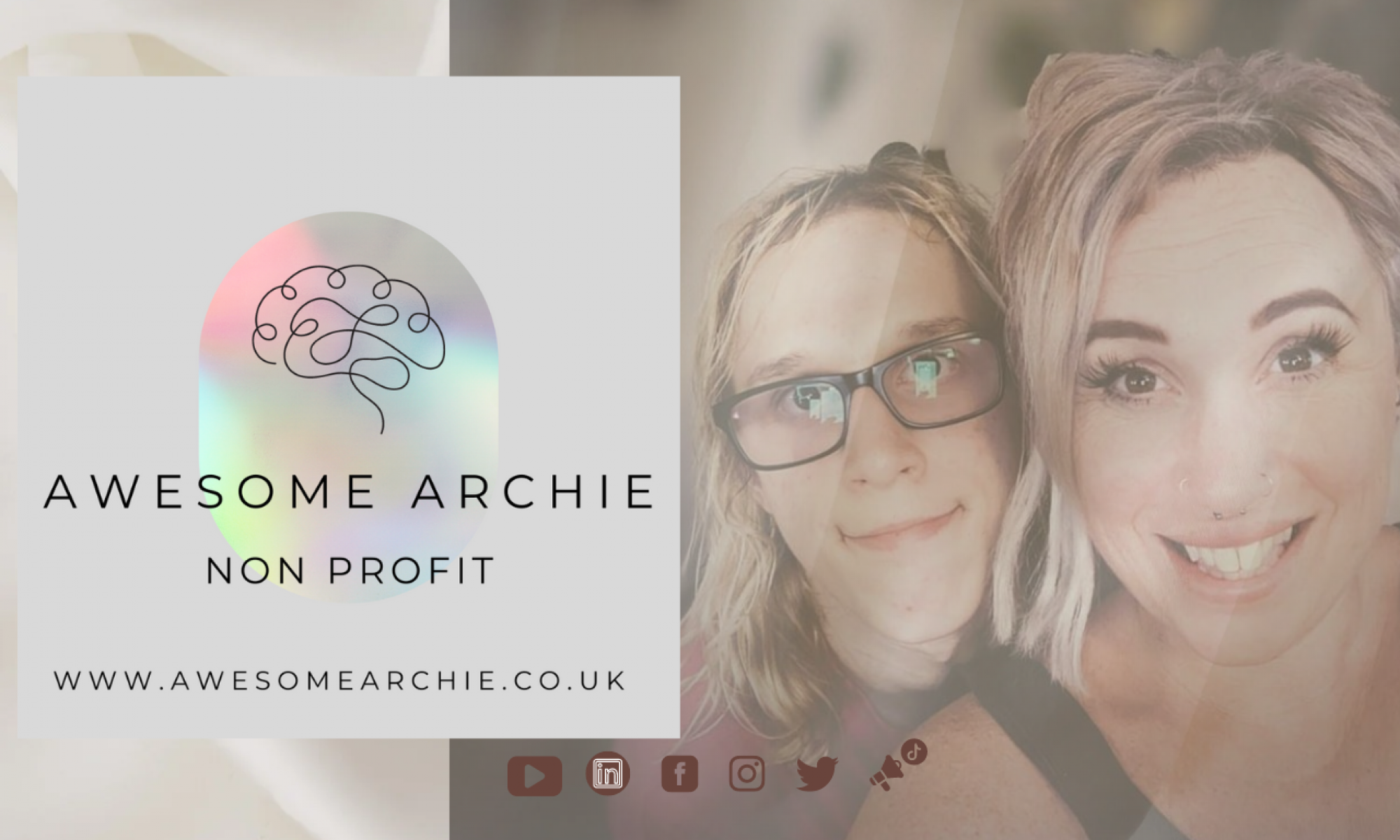The Zones of Regulation is a widely used framework designed to help children (and adults) better understand and manage their emotions, energy levels, and self-regulation. It’s especially helpful for neurodivergent children, including those with Autism, ADHD, and sensory processing differences.
We at Awesome Archie have created some FREE resources to support you. Simply watch the youtube vid linked below and screen grab or download and print the images for your school or home.
The 4 Zones of Regulation:
Each zone is represented by a color and associated with different emotional and physical states.
🔵 Blue Zone – Low State of Alert
- Feelings: Sad, tired, bored, sick, low energy
- What it means: You may need rest, comfort, or gentle stimulation
- Examples: A child who’s lethargic after school or upset after a hard morning
- Tools that may help: Cuddles, quiet music, rest, a snack, gentle movement
🟢 Green Zone – Just Right
- Feelings: Calm, focused, happy, ready to learn, content
- What it means: You’re regulated and functioning well
- Examples: Feeling good during playtime, focused in class, enjoying a walk
- Tools that may help: Praise, encouragement, continue what’s working
🟡 Yellow Zone – Heightened State
- Feelings: Frustrated, silly, worried, anxious, excited, overwhelmed
- What it means: You’re still in control, but starting to become dysregulated
- Examples: Wiggling a lot, talking fast, feeling worried or distracted
- Tools that may help: Deep breaths, a movement break, fidgets, calming strategies
🔴 Red Zone – Extremely Dysregulated
- Feelings: Angry, terrified, out of control, aggressive, panicked, elated
- What it means: You’re overwhelmed and need help to calm down and feel safe
- Examples: Meltdowns, hitting, yelling, panic attacks, running off
- Tools that may help: Safe space, weighted blanket, adult support, time to decompress
🧠 Key Things to Remember:
- No zone is “bad.” All emotions are valid—it’s about learning how to manage them.
- Kids (and adults!) move between zones throughout the day.
- The goal isn’t to always be in the Green Zone, but to recognize your zone and know what tools help you regulate.
